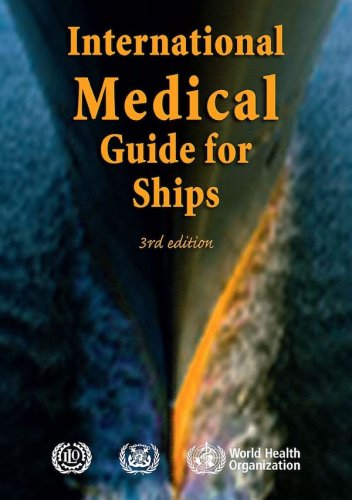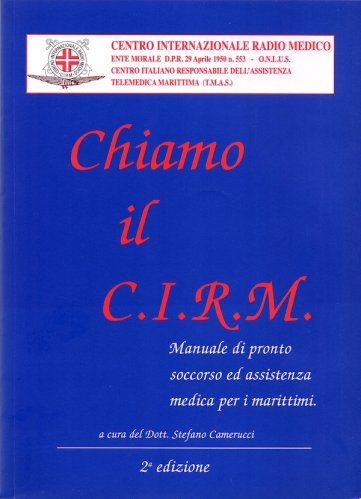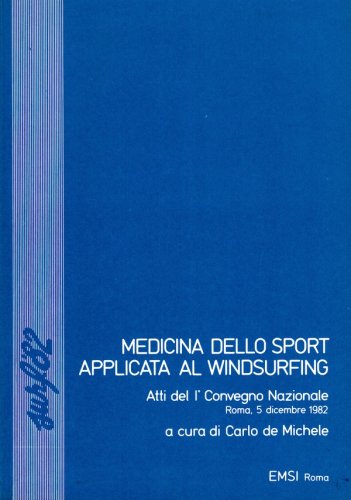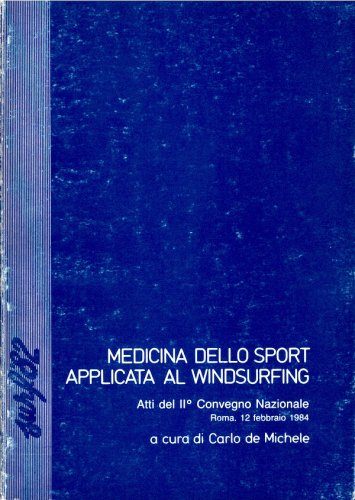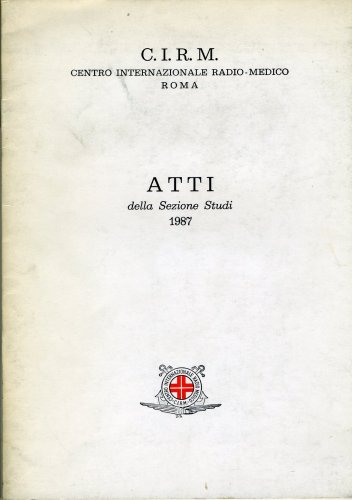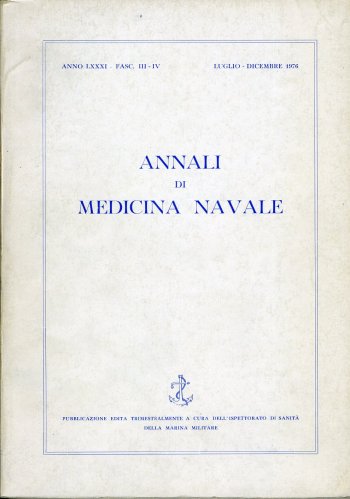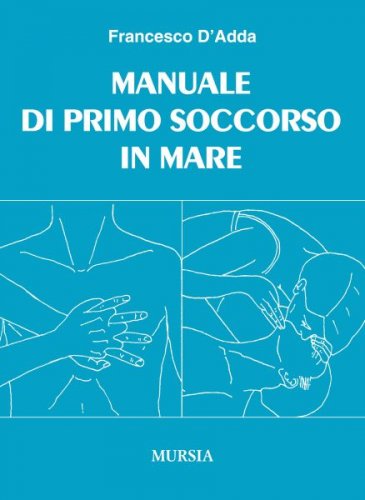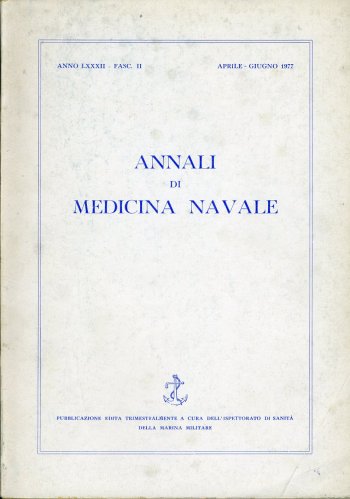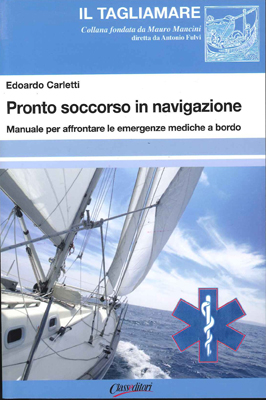International medical guide for ships
including the ship's medicine chest
International medical guide for ships
including the ship's medicine chest
- Disponibile in 7 giorni
- Possibilità di reso entro 10 giorni lavorativi
- Transazione sicura con carta di credito, Paypal o bonifico bancario
- Spedizione tracciata con SDA
The third edition of the International Medical Guide for Ships shows designated first-aid providers how to diagnose, treat and prevent health problems of seafarers on board ship. Seafaring has always been a dangerous occupation. Long voyages, extreme weather conditions, illnesses and accidents can take a heavy toll on the health of crew members. Not only are they exposed to greater risk, seafarers are also isolated from the usual sources of medical care and assistance available to people on shore. WHO has consistently strived to improve the health of people at their place of work. When people also live in their work environment – as seafarers must – they face particular risks to their health. Practical guidance is essential for those who must provide assistance when seafarers fall ill or are injured. Since its first publication by WHO in 1967, the International Medical Guide for Ships has been the standard source of such guidance. The second edition, written in 1988, was translated into more than 30 languages, and has been used in tens of thousands of ships. This, the third edition, contains fully updated recommendations aimed to promote and protect the health of seafarers. This edition is also consistent with the latest revisions of both the WHO Model List of Essential Medicines and the International Health Regulations (2005). The International Labour Organization (ILO) Maritime Labour Convention 2006 stipulates that all ships shall carry a medicine chest, medical equipment and a medical guide. The International Medical Guide for Ships supports a main principle of that Convention: to ensure that seafarers are given health protection and medical care as comparable as possible to that which is generally available to workers ashore, including prompt access to the necessary medicines, medical equipment and facilities for diagnosis and treatment and to medical information and expertise. The Convention states that ships carrying 100 or more persons and ordinarily engaged on international voyages of more than three days’ duration shall carry a qualified medical doctor who is responsible for providing medical care. Ships which do not carry a medical doctor shall be required to have either at least one seafarer on board who is in charge of medical care and administering medicine as part of their regular duties or at least one seafarer on board competent to provide medical first aid. Persons in charge of medical care on board who are not medical doctors shall have satisfactorily completed training in medical care that meets the requirements of the International Convention on Standards of Training, Certification and Watchkeeping for Seafarers. The International Medical Guide for Ships is a standard reference for these training courses, and is designed for use by all crew members charged with providing medical care on board. The ILO Maritime Labour Convention 2006 stipulates that the competent authority shall ensure by a prearranged system that medical advice by radio or satellite communication to ships at sea is available 24 hours a day – the International Medical Guide for Ships explains when it is essential to seek such advice. By carrying this guide on board ships, and following its instructions, countries can both fulfil their obligations under the terms of the Maritime Labour Convention 2006, and ensure the best possible health outcomes for their seafaring population. WHO is pleased to be able to contribute to this goal by presenting the third edition of the International Medical Guide for Ships.

